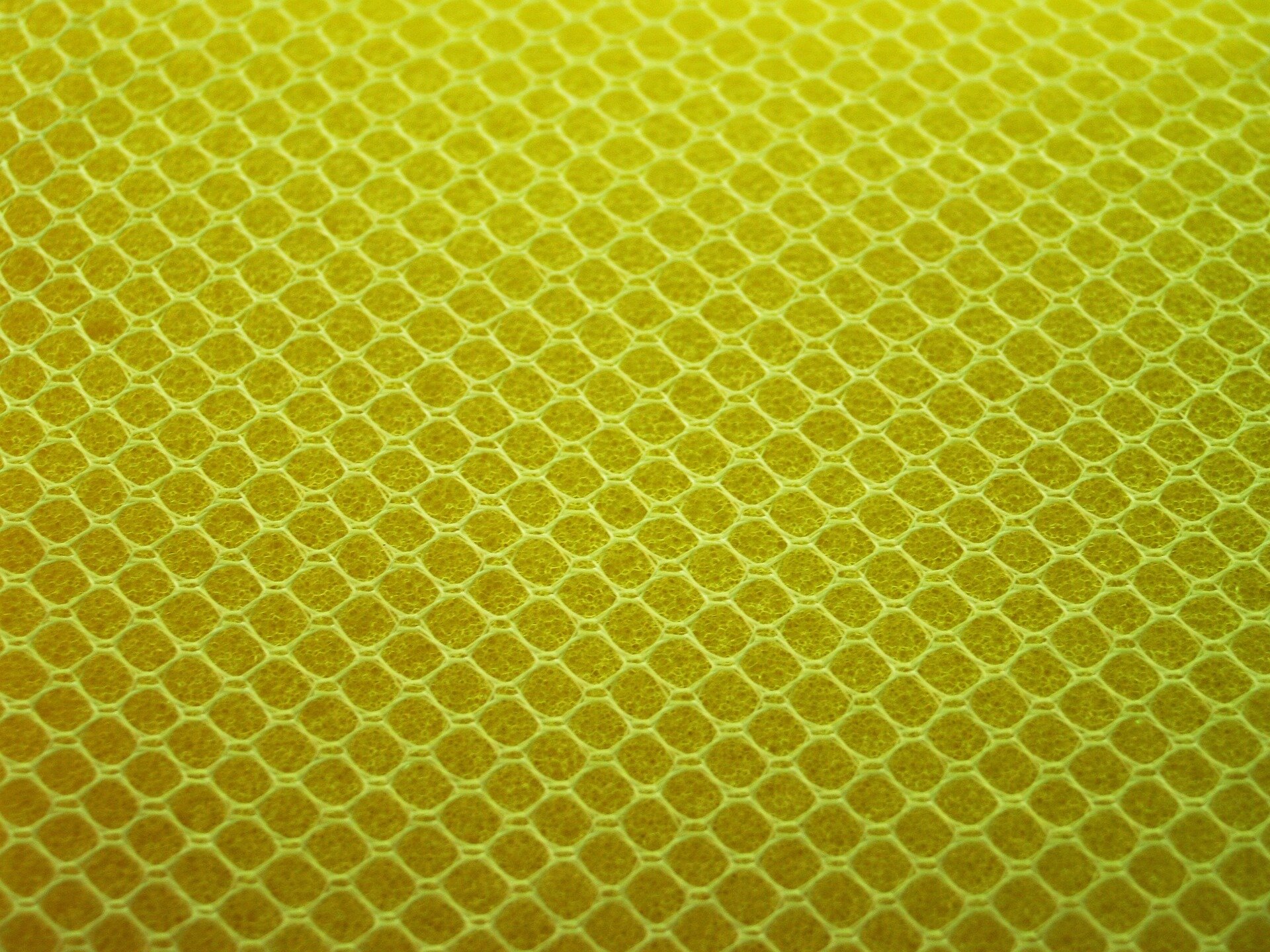Source: Pixabay/CC0 Public Domain
For a wide range of industries, separating gases is an important part of both the process and the product. This includes separating nitrogen and oxygen from the air for medical purposes, separating carbon dioxide from other gases in the carbon capture process or removing impurities from natural gas.
However, separating gases can be both energy intensive and expensive.
“For example, when you separate oxygen and nitrogen, you have to cool the air to very low temperatures until they become liquid. Then, by slowly increasing the temperature, the gases will evaporate at different points, allowing them to become a gas again and separate,” explained Wei Zhang, a professor of chemistry at the University of Colorado Boulder and chair of the chemistry department. “It’s very energy-intensive and expensive.”
Much gas separation depends on porous materials through which gases pass and are separated. This too has long been a problem, because these porous materials are generally specific to the types of gases being separated. Try sending other types of gas through it and they don’t work.
In research published today in the journal, ScienceZhang and his co-researchers describe a new type of porous material that can house and separate many different gases and is made from common, easily available materials. Furthermore, it combines stiffness and flexibility in a way that allows size-based gas separation to occur at significantly lower energy costs.
“We’re trying to make technology better,” says Zhang, “and improve it in a way that is scalable and sustainable.”
Adding flexibility
The porous materials used in gas separation have long been rigid and affinity-based, specific to the types of gases being separated. The rigidity ensures that the pores are well defined and helps direct the gases as they separate, but also limits the number of gases that can pass through due to the different molecular sizes.
For years, Zhang and his research group have been working to develop a porous material that introduces an element of flexibility into a connecting node in an otherwise rigid porous material. That flexibility allows the molecular linkers to oscillate, or move back and forth at a normal speed, changing the accessible pore size in the material and making it adaptable to multiple gases.
“We found that at room temperature, the pore is relatively the largest and the flexible linker barely moves, allowing most of the gases to enter,” says Zhang. “When we increase the temperature from room temperature to about 50 degrees Celsius, the oscillation of the linker increases, reducing the effective pore size so that larger gases cannot enter. As we continue to increase the temperature, more gases are turned away due to the increased oscillation and further reduced pore size. Ultimately, at 100 degrees, only the smallest gas, hydrogen, can pass through.
The material Zhang and his colleagues developed is made of small organic molecules and is most similar to zeolite, a family of porous, crystalline materials composed mainly of silicon, aluminum and oxygen.
“It’s a porous material with lots of very ordered pores,” he says. “You can think of it as a honeycomb. Most of it is solid organic material with these normal-sized pores lined up and forming channels.”
The researchers used a relatively new type of dynamic covalent chemistry that focuses on the boron-oxygen bond. Using a boron atom with four oxygen atoms around it, they exploited the reversibility of the boron-oxygen bond, which can break and reform over and over again, allowing for self-correcting, error-free behavior and the formation of structurally ordered frameworks.
“We wanted to build something that was adaptable, responsive and customizable. We thought the boron-oxygen bond could be a good component to integrate into the framework we developed, because of its reversibility and flexibility,” Zhang said.
Sustainable solutions
Developing this new porous material took time.
Zhang says, “Making the material is simple and easy. The difficulty was in the beginning, when we first got the material and had to understand or clarify the structure: how the bonds form, how the angles form in this material, is it two-dimensional or three-dimensional. We had some challenges because the data looked promising, but we didn’t know how to explain it. It showed certain peaks (X-ray diffraction), but we couldn’t immediately figure out what kind of structure those peaks corresponded to.”
So he and his research colleagues took a step back, which can be an important but little-discussed part of the scientific process. They focused on the small-molecule model system that contains the same reactive sites as those in their material to understand how molecular building blocks are packaged in a solid state, and that helped explain the data.
Zhang adds that he and his co-researchers took scalability into account when developing this material because its potential industrial applications would require large quantities, “and we believe this method is highly scalable. The building blocks are commercially available and not expensive, so it could be adopted by the industry when the time is right.”
They have filed a patent on the material and are continuing the research with other building block materials to understand the substrate scope of this approach. Zhang also says he sees the potential to collaborate with engineering researchers to integrate the material into membrane-based applications.
“Membrane separations generally require much less energy, so in the long run they could be more sustainable solutions,” Zhang says. “Our goal is to improve the technology to meet the needs of the industry in a sustainable way.”
More information:
Yiming Hu et al., Molecular recognition with sub-0.2 angstrom resolution by thermoregulatory oscillations in covalent organic frameworks, Science (2024). DOI: 10.1126/science.adj8791. www.science.org/doi/10.1126/science.adj8791
Provided by the University of Colorado Boulder
Quote: Researchers find flexible solution for separating gases (2024, June 27) retrieved June 28, 2024 from https://phys.org/news/2024-06-flexible-solution-gases.html
This document is subject to copyright. Except for fair dealing for private study or research, no part may be reproduced without written permission. The contents are supplied for information purposes only.
